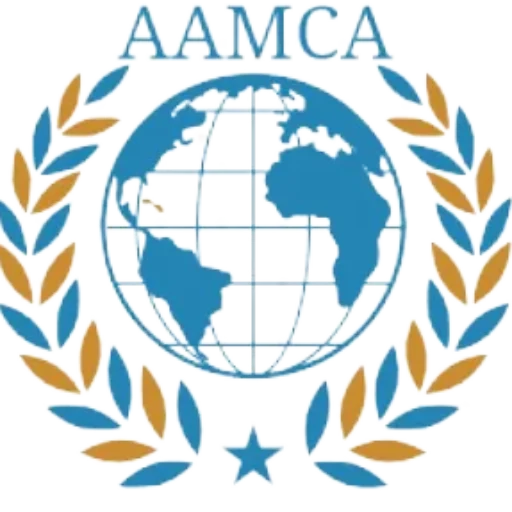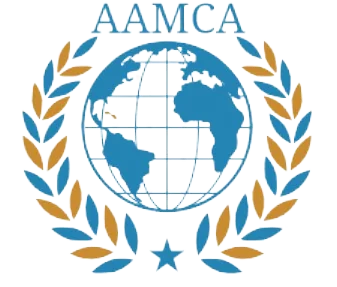Introduction to SNT2025
The Eighth CTBT Science and Technology Conference (SNT2025) represents a pivotal event in the global arena of nuclear arms control and verification processes. Organized under the auspices of the Comprehensive Nuclear-Test-Ban Treaty Organization (CTBTO), this conference gathers experts, policymakers, and stakeholders dedicated to strengthening the verification regime established by the CTBT. The primary purpose of SNT2025 is to facilitate in-depth discussions on the advancements and challenges surrounding nuclear-test verification, further enhancing the mechanisms that deter nuclear proliferation.
The significance of SNT2025 lies not only in its focus on technological advancements but also in its ability to foster international collaboration. The comprehensive dialogue at this conference aims to address the critical issues relevant to maintaining a nuclear-test-free environment, and to emphasize the importance of stringent verification procedures. As nations continue to navigate complex security landscapes, the insights generated during SNT2025 will be essential in shaping policies that uphold global peace and security.
Moreover, SNT2025 serves as an important platform for sharing scientific innovations that can improve real-time monitoring and assessment capabilities. This encompasses discussions on various technologies, including seismic monitoring, hydroacoustic detection, and radionuclide analysis. These technical discussions are vital in exploring how enhanced verification technologies can respond to evolving challenges presented by nations that may not adhere to the CTBT. Through collaboration and collective knowledge, the conference endeavors to dismantle barriers to effective nuclear-test verification, ensuring that the international community can respond adequately to potential violations. Ultimately, SNT2025 is not just a forum for discussion; it is a call to action towards a safer, nuclear-test-free world.
Key Themes and Focus Areas
The Eighth CTBT Science and Technology Conference (SNT2025) promises to be a pivotal event in the realm of nuclear-test verification, addressing critical themes that underline the future landscape of treaty verification. A focal point of this gathering is the role of technological innovations, which are increasingly vital in ensuring compliance with the Comprehensive Nuclear-Test-Ban Treaty (CTBT). As nuclear activities continue to pose significant global challenges, the integration of advanced monitoring technologies presents an opportunity to enhance our verification capabilities.
One of the key areas of exploration at SNT2025 is the application of quantum sensing technologies. These technologies have the potential to revolutionize detection methodologies by providing unprecedented sensitivity and resolution in monitoring nuclear tests. Quantum sensors can detect minute changes in the environment indicative of nuclear activity, thereby aiding in the timely identification of illicit tests. This advancement supports the CTBT’s aims of enhancing international security through effective verification measures.
Furthermore, high-performance computing will also be a critical theme during the conference. The utilization of sophisticated computational models enables analysts to simulate and predict the outcomes of nuclear tests, which can assist in developing more effective monitoring strategies. By leveraging massive datasets and advanced algorithms, these computing capabilities facilitate improved analysis and understanding of seismic signals associated with nuclear explosions, leading to more accurate verification processes.
The discussions at SNT2025 will encompass the synergy between these technological innovations and their implications for international verification efforts. By addressing these themes, participants seek to foster collaboration and develop actionable strategies that ensure a robust framework for nuclear-test verification in the face of emerging global challenges, ultimately reinforcing the efficacy of the CTBT.
International Cooperation and Collaboration
International cooperation and collaboration play a pivotal role in enhancing the verification regime of the Comprehensive Nuclear-Test-Ban Treaty (CTBT). As the global community strives to uphold nuclear disarmament and prevent nuclear proliferation, partnerships among nations and international organizations become increasingly vital. Collaborative frameworks enable countries to share best practices, knowledge, and expertise, which ultimately strengthens the collective capability for monitoring compliance with the treaty.
One of the foremost examples of such cooperative efforts is the establishment of regional centers and networks. These centers serve as hubs for information exchange, training, and research focused on technologies that support verification processes. By pooling resources and expertise, participating nations can enhance their monitoring systems, ensuring that any potential nuclear activity can be detected swiftly and accurately.
Additionally, international workshops and conferences significantly contribute to the body of knowledge relevant to nuclear-testing verification. Events like the Eighth CTBT Science and Technology Conference (SNT2025) foster dialogue among scientists, diplomats, and policymakers. These gatherings not only promote understanding of the latest advancements in verification technologies but also facilitate the establishment of partnerships that transcend geographical boundaries.
Furthermore, collaborative initiatives often extend to resource allocation, where nations with advanced capabilities provide support and technical assistance to those with fewer resources. This aspect of international cooperation ensures equitable access to vital verification technologies and methodologies. Moreover, it aids in building a global culture of compliance with the CTBT, as countries become more engaged in collective efforts to enforce the treaty.
In conclusion, the strength of the CTBT verification regime rests heavily on the foundation of international cooperation and collaboration. By prioritizing partnerships, knowledge sharing, and resource allocation, the global community can work towards more robust monitoring and enforcement of nuclear-test regulations, ultimately contributing to a safer and more stable world.
Future Directions and Expectations
The Eighth CTBT Science and Technology Conference (SNT2025) serves as a crucial platform for deliberating the future of nuclear-test verification. Participants are expected to present innovative approaches and advancements in verification technologies that can significantly enhance the efficacy and reliability of nuclear test monitoring. As scientific collaborations intensify, developments in remote sensing, data analytics, and satellite technologies are likely to emerge, offering unprecedented capabilities in real-time monitoring of nuclear activities. These technological innovations are anticipated to streamline the verification processes, making them more accessible and efficient.
Moreover, the policy implications resulting from discussions at SNT2025 will have a profound influence on the global nuclear landscape. With an emphasis on multilateral cooperation and information sharing, nations may be encouraged to adopt stronger commitments toward nuclear disarmament and non-proliferation. The integration of advanced verification technologies into existing frameworks could foster a more transparent environment, helping to build trust among nations. It is crucial for policymakers to consider how such technological advancements can be implemented effectively within existing treaties and agreements to reinforce their viability.
Furthermore, the momentum generated at SNT2025 is expected to propel ongoing initiatives aimed at achieving a nuclear-test-free world. The conference serves not only to share knowledge but also to create actionable pathways for collaboration among states, scientists, and international organizations. By prioritizing advancements in verification technology, the commitment to establishing a comprehensive nuclear test ban can gain renewed urgency. Ultimately, the synergy created through SNT2025 will play a pivotal role in shaping a sustainable future for nuclear test monitoring, ensuring the integrity of global security frameworks.




